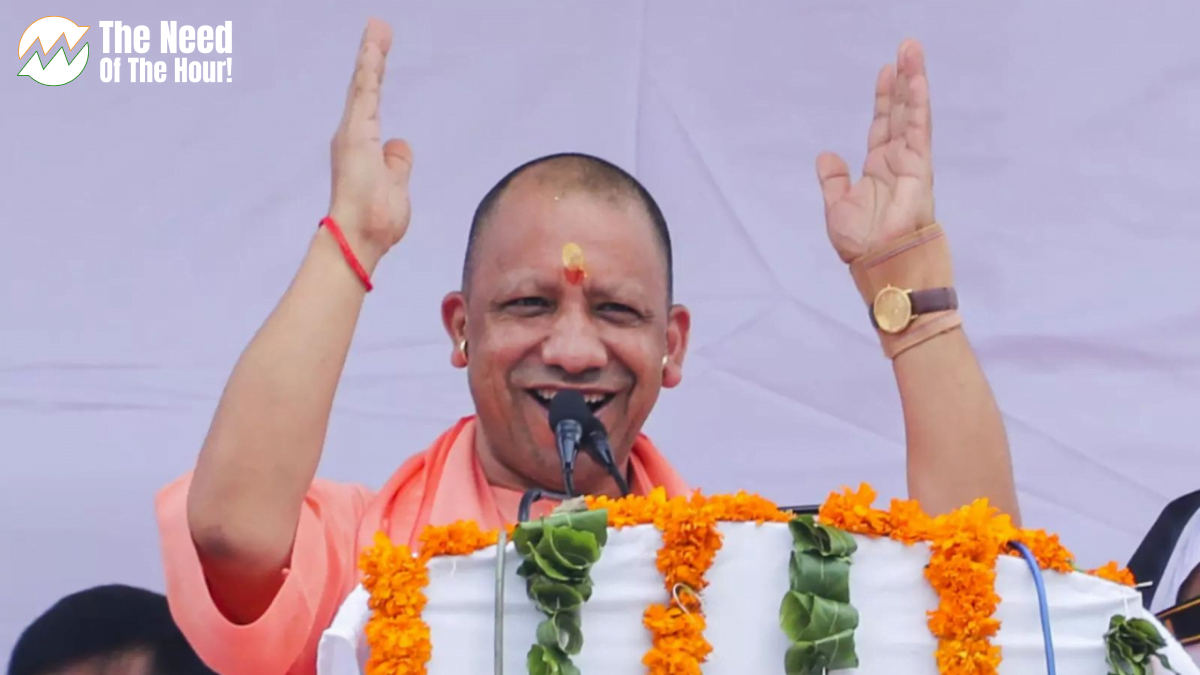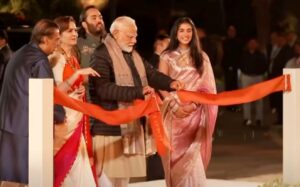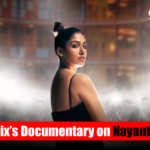The UP government has introduced an innovative and progressive social media policy that allows citizens to earn up to ₹8 lakh a month by promoting government schemes. This initiative aligns with the state government’s efforts to enhance its interaction and relationships with the public, especially through social media influencers and content creators.
Table of Contents
What is the UP Social Media Policy?
The Uttar Pradesh social media policy is designed to inform the people of India about various government schemes through social media. The state government recognizes the significance of social media and is utilizing it to reach the public and disseminate information as quickly as possible. The government aims to expand its reach through social media influencers, particularly since youth are highly active on these platforms.

How Can You Earn?
Any person or organization with a significant social media following can participate in the program, where they are required to make posts regarding various government schemes. Here’s how you can earn up to ₹8 lakh a month:
- Media Sharing: Influencers and social media users should develop content, including videos, posts, reels, and stories, that support the government’s agenda.
- Audience Engagement: Payment will be calculated based on the promotion’s results on social media, such as the number of likes, shares, comments, and views.
- Performance-Based Earnings: Earnings will depend on the performance of the content. Influencers with high engagement rates will earn more, with the maximum amount being ₹8 lakh per month.
Read this also: Jay Shah Elected Unopposed as the Next and Youngest-Ever Chair of ICC
Who Can Participate?
This initiative is open to anyone who meets the following criteria:
- Social Media Presence: Participants must have a large number of followers on social media platforms such as Instagram, YouTube, Facebook, and Twitter.
- Content Quality: Content should be original, up-to-date, and in alignment with UP government policies.
- Compliance: Participants must adhere to all legal and ethical guidelines regarding the content they provide, avoiding the spread of false information and adhering to community rules and regulations.
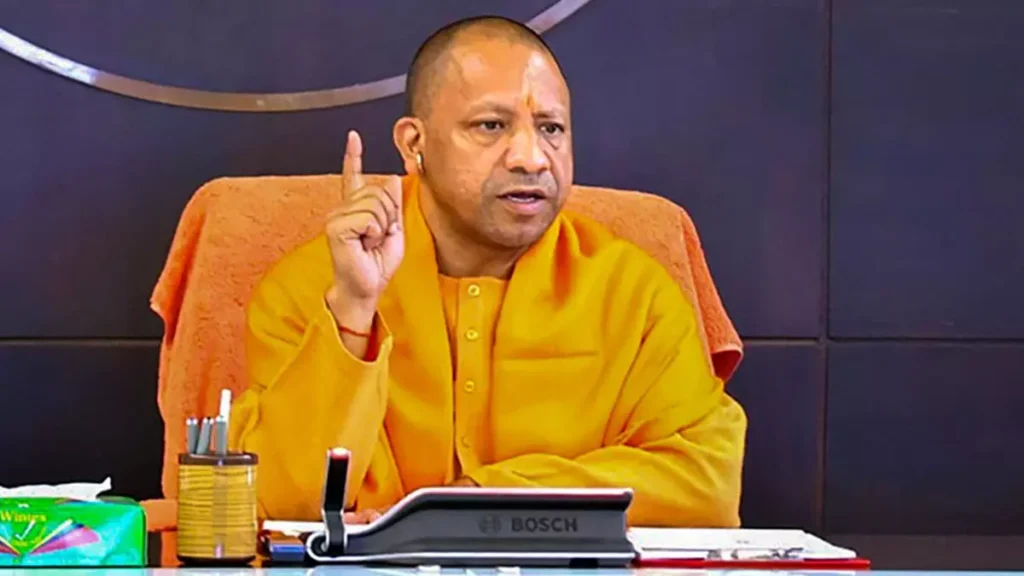
Social Media Categories
Facebook and YouTube influencers are divided into four categories:
- Category A: Minimum 10 lakh subscribers
- Category B: Minimum 5 lakh subscribers
- Category C: Minimum 2 lakh subscribers
- Category D: Minimum 1 lakh subscribers
Instagram & X (formerly Twitter) influencers are divided into four categories:
- Category A: Minimum 5 lakh subscribers
- Category B: Minimum 3 lakh subscribers
- Category C: Minimum 2 lakh subscribers
- Category D: Minimum 1 lakh subscribers
Read this also: World’s First Private Human Spaceflight Mission, SpaceX’s ‘Polaris Dawn,’ Delayed
UP Social Media Policy 2024: Payment Breakdown
For Category A:
- ₹50,000 for uploading reels/shorts (90-second content).
- ₹80,000 for producing and uploading videos/reels.
- After 30 days, an additional ₹10,000 will be payable for every 1 lakh views (maximum payment per video up to ₹1 lakh).
- ₹80,000 for uploading videos or reels longer than 90 seconds.
- Up to ₹1 lakh for producing and uploading videos/reels/podcasts on a given topic.
- Category A can earn a maximum of ₹5 lakh a month.
For Category B:
- ₹45,000 for uploading reels/shorts (0 to 90 seconds).
- ₹70,000 for producing and uploading on a specified topic.
- After 30 days, an additional ₹10,000 will be payable for every 1 lakh views (maximum payment per video up to ₹90,000).
- ₹75,000 for uploading videos/reels longer than 90 seconds.
- ₹80,000 for producing and uploading on a specified topic.
- Category B can earn a maximum of ₹4 lakh a month.
For Category C:
- ₹40,000 for uploading reels/shorts (0 to 90 seconds).
- ₹60,000 for producing and uploading on a specified topic.
- After 30 days, an additional ₹10,000 will be payable for every 1 lakh views (maximum payment per video up to ₹80,000).
- Category C can earn a maximum of ₹3 lakh a month.
For Category D:
- ₹35,000 for uploading reels/shorts (0 to 90 seconds).
- ₹50,000 for producing and uploading on a specified topic.
- After 30 days, an additional ₹10,000 will be payable for every 1 lakh views (maximum payment per video up to ₹70,000).
- Category D can earn a maximum of ₹2 lakh a month.
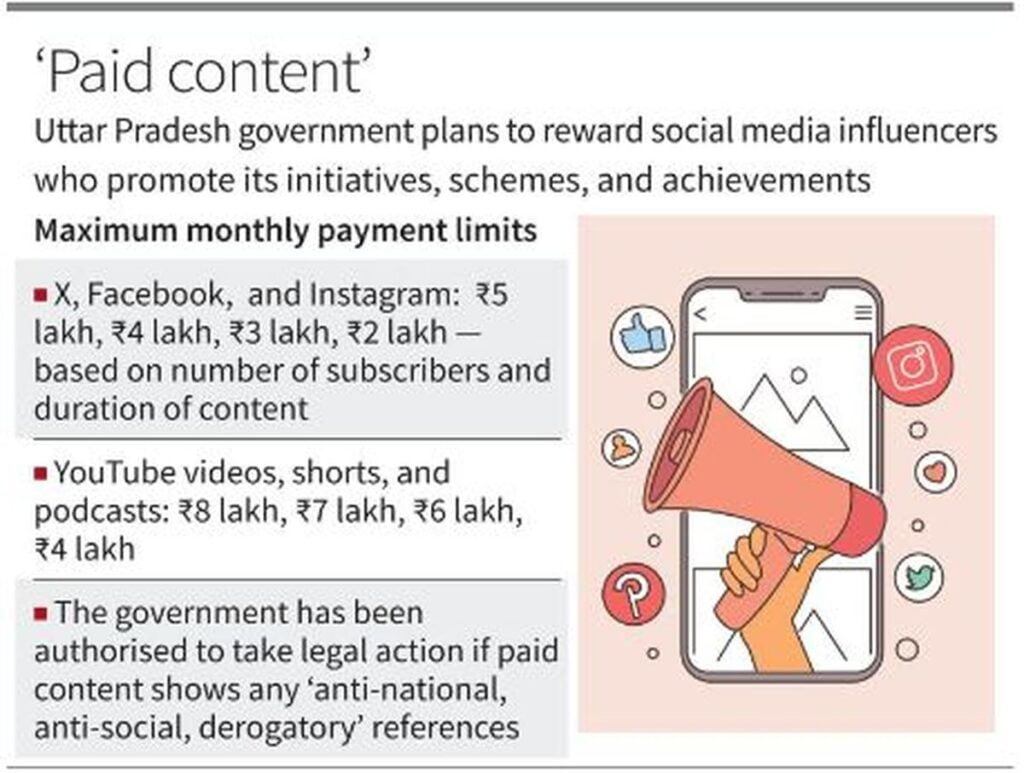
Steps to Get Started
- Registration: Influencers and content creators interested in monetizing content must register with the state government through the designated platform.
- Training: Participants may receive basic training to familiarize themselves with the government’s programs and tasks.
- Content Approval: All content must be reviewed and approved by top authorities to ensure alignment with the government’s communication plan.
- Posting and Reporting: Once approved, content can be published on the influencers’ social media platforms. Engagement metrics may need to be reported periodically to determine payment.
Benefits of the Policy
- Empowerment: This policy allows social media users to monetize their skills through content creation.
- Awareness: It plays a crucial role in popularizing government schemes, reaching a large and diverse audience.
- Employment Generation: The policy also has the potential to generate employment, particularly for young people interested in digital media and marketing.
Read this also: Kevan Parekh’s CFO Journey: From Humble Origins to Tech Titan
Conclusion
The Uttar Pradesh government’s social media policy is an effective tool for both promoting government schemes and encouraging the use of social media in governance. It offers a lucrative earning opportunity for influencers while also helping to popularize government initiatives, particularly among the youth. If properly executed and managed, this campaign could significantly change public perceptions and the dissemination of government programs.

